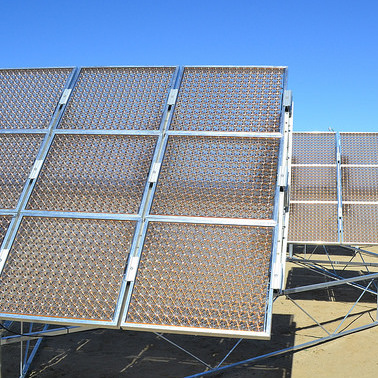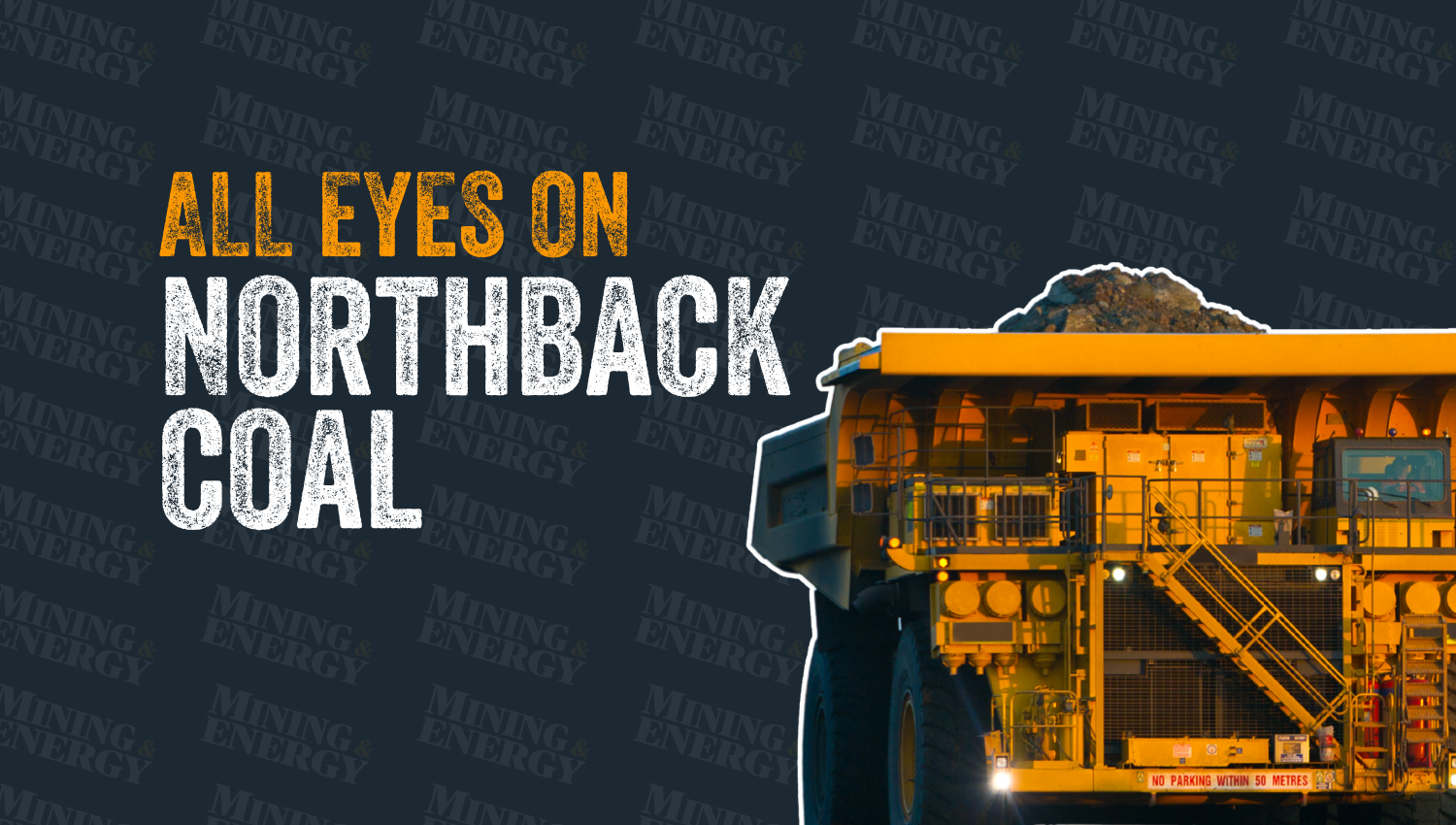Morgan Solar Wins Contract to Build Largest Solar Project in Alberta

Morgan Solar Sun Simba CPV modules. — Photo courtesy Morgan Solar In an era when most solar companies are abandoning concentrator photovoltaic (CPV)
Morgan Solar Sun Simba CPV modules. — Photo courtesy Morgan Solar
In an era when most solar companies are abandoning concentrator photovoltaic (CPV) technology due to the falling price of conventional PV cells, Toronto-based Morgan Solar is looking to prove the industry wrong. And it just received a golden opportunity to do so when it was awarded the contract to build Alberta Solar One, a $23-million project that will be located on 24 hectares near the southern Alberta community of Vulcan.
Standard photovoltaic cells employ at least two layers of semi-conductor material, one negative and the other positive, to convert sunlight into electricity. When the negative layer absorbs enough photons, it releases electrons to the positive layer, creating a voltage differential, similar to what you find in a typical battery. When connected to an outside load, the electrons flow through the circuit, creating electricity.
CPV cells work in a similar fashion, except they use lenses and curved mirrors to concentrate sunlight onto PV cells, requiring a box rather than a flat panel. While they are more efficient than conventional PV cells, they have to be sealed perfectly and treated with desiccants to keep out humidity, vented to prevent the focal length between the lens and the PV cell from changing due to expansion and contraction as the solar cells heat and cool, and mounted on trackers to maintain efficiency. This makes CPV cells more cumbersome and more expensive to manufacture and maintain than conventional PV cells.
Morgan Solar came up with an innovative way to solve all of these problems with its proprietary Sun Simba CPV modules, which eliminate the need for mirrors and lenses by using a “light-guide solar optic” to concentrate the sunlight instead. The technology uses a thin wafer of glass and acrylic to direct sunlight onto tiny, high-efficiency PV chips. Not only does this lower manufacturing costs, it eliminates the need for boxy cells, making the panels cheaper and easier to install. When mounted on the company’s Savanna dual-axis trackers, the panels are expected to achieve nearly double the efficiency of conventional PV technology at a fraction of the price.
Alberta Solar One will be Morgan Solar’s first utility-sized project, and co-founder Nicolas Morgan, whose brother John Paul developed the technology, is eager to showcase their expertise to the world. “This will be the first project that proves the technology at scale,” he said. “The technology works; no question. But we need to prove to the market that we can do it at commercial volumes. We’re really looking forward to showing the market that we can.”
To pull off the demonstration project, Morgan Solar has partnered with Enbridge as well as Alberta’s Climate Change and Emissions Management Corporation (CCEMC), which has put $10 million into the project. When complete, the facility will produce 10 megawatts of electricity, enough to power 2,500 to 4,000 homes.
The irony of a huge solar plant being installed in the heart of oil, gas and coal country is not lost on Morgan, but he sees it as the wave of the future. “Coal isn’t as cheap as people have pretended it is,” Morgan said. “It has massive external costs in terms of groundwater contamination, mercury and global warming. Solar just doesn’t have those externalities.”
Apart from environmental costs, Morgan is convinced solar beats coal on a financial level as well. “The price across the board for solar is coming down hard and fast,” Morgan said. “The technology is developing, the margins are shrinking, and the fat has been cut out. We’ve seen a cost reduction of almost nine times over eight years. We’re still paying a small premium over the price of coal for solar, but that premium has shrunk to a couple of pennies a kilowatt. In two to five years, solar will be cheaper than coal.”
While Alberta Solar One is fully financed, the project is still going through the permitting process, but Morgan expects installation to begin next year.



